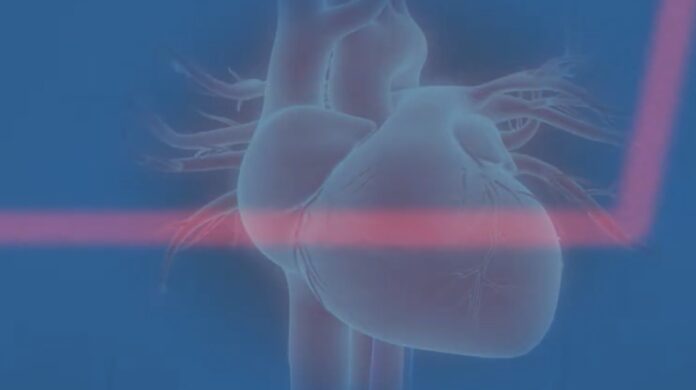The Importance of Ventilation in Maintaining a Central Pulse
Inadequate ventilation can have a significant impact on the central pulse, which is a key indicator of cardiac function. Understanding the connection between ineffective ventilation and the central pulse is crucial in providing optimal medical care. Let’s explore the importance of ventilation in maintaining a central pulse.
1. Oxygen Supply: Effective ventilation ensures an adequate supply of oxygen to the body’s tissues. When ventilation is compromised, the amount of oxygen reaching the tissues decreases, leading to a decreased central pulse. This can result in poor organ perfusion and negatively affect patient outcomes.
2. Carbon Dioxide Removal: Ventilation is responsible for removing carbon dioxide, a waste product of metabolism, from the body. When ventilation is insufficient, carbon dioxide levels can rise, leading to respiratory acidosis. This imbalance can cause a decrease in the central pulse and compromise cardiac function.
3. Hemodynamic Stability: Proper ventilation plays a crucial role in maintaining hemodynamic stability. Inadequate ventilation can lead to ineffective gas exchange and decreased oxygenation of the blood. This can result in decreased cardiac output and dangerously low blood pressure, compromising the central pulse.
4. Response to Hypoxia: Ventilation is essential for the body’s response to hypoxia, a condition characterized by low oxygen levels. Inadequate ventilation can impair the body’s ability to compensate for hypoxia, leading to a decreased central pulse. Timely recognition and management of ineffective ventilation are vital to prevent further deterioration.
5. Optimal Patient Outcomes: Recognizing the importance of ventilation in maintaining a central pulse allows healthcare professionals to implement strategies to optimize ventilation. By ensuring adequate oxygenation and ventilation, healthcare providers can improve patient outcomes, reduce the risk of complications, and promote overall cardiovascular health.
Understanding the impact of ineffective ventilation on the central pulse is crucial for healthcare professionals. By prioritizing ventilation management, we can ensure optimal patient care and improve outcomes. Let’s now delve into strategies to optimize ventilation and enhance the central pulse.

Ineffective Ventilation and a Central Pulse
Obstruction of Airway
When it comes to ineffective ventilation, one of the common causes is the obstruction of the airway. This can occur due to various factors, such as:
- Foreign Body: Objects, such as food particles, toys, or other small items, can accidentally enter the airway and cause an obstruction. This can happen in both children and adults, and it requires immediate intervention to ensure proper ventilation.
- Tongue: In some cases, the tongue can fall back and block the airway during sleep or when a person is unconscious. This obstructs the flow of air, leading to ineffective ventilation.
- Edema: Swelling in the airway, often caused by an allergic reaction or injury, can also obstruct the airway and hinder proper ventilation.
- Tumors: Growths or tumors in the airway can restrict the flow of air and compromise ventilation. These tumors may be benign or malignant and require medical intervention to restore effective ventilation.
Inadequate Ventilatory Support
Another common cause of ineffective ventilation is inadequate ventilatory support. This can occur due to various reasons, including:
- Respiratory Muscle Weakness: Conditions such as muscular dystrophy, amyotrophic lateral sclerosis (ALS), or spinal cord injuries can lead to weak respiratory muscles. When the muscles responsible for breathing are weak, it becomes difficult to achieve adequate ventilation.
- Mechanical Ventilation Problems: In some cases, patients who require mechanical ventilation may experience issues with the equipment or settings. This can result in inadequate support, leading to ineffective ventilation.
- Poor Ventilator Synchrony: Ventilator synchrony refers to the coordination between the patient’s breathing efforts and the mechanical ventilator. When there is a lack of synchronization, it can lead to inadequate ventilation and compromise the central pulse.
- Improper Ventilator Settings: Incorrect settings on the ventilator, such as inadequate tidal volume or respiratory rate, can also contribute to ineffective ventilation. It’s essential for healthcare professionals to ensure that the ventilator is properly calibrated to meet the patient’s specific needs.
Recognizing the common causes of ineffective ventilation is crucial for healthcare professionals to provide optimal care and improve patient outcomes. Obstruction of the airway and inadequate ventilatory support are two significant factors that can hinder proper ventilation. By addressing these issues promptly and implementing appropriate interventions, we can help restore effective ventilation and maintain a healthy central pulse.


